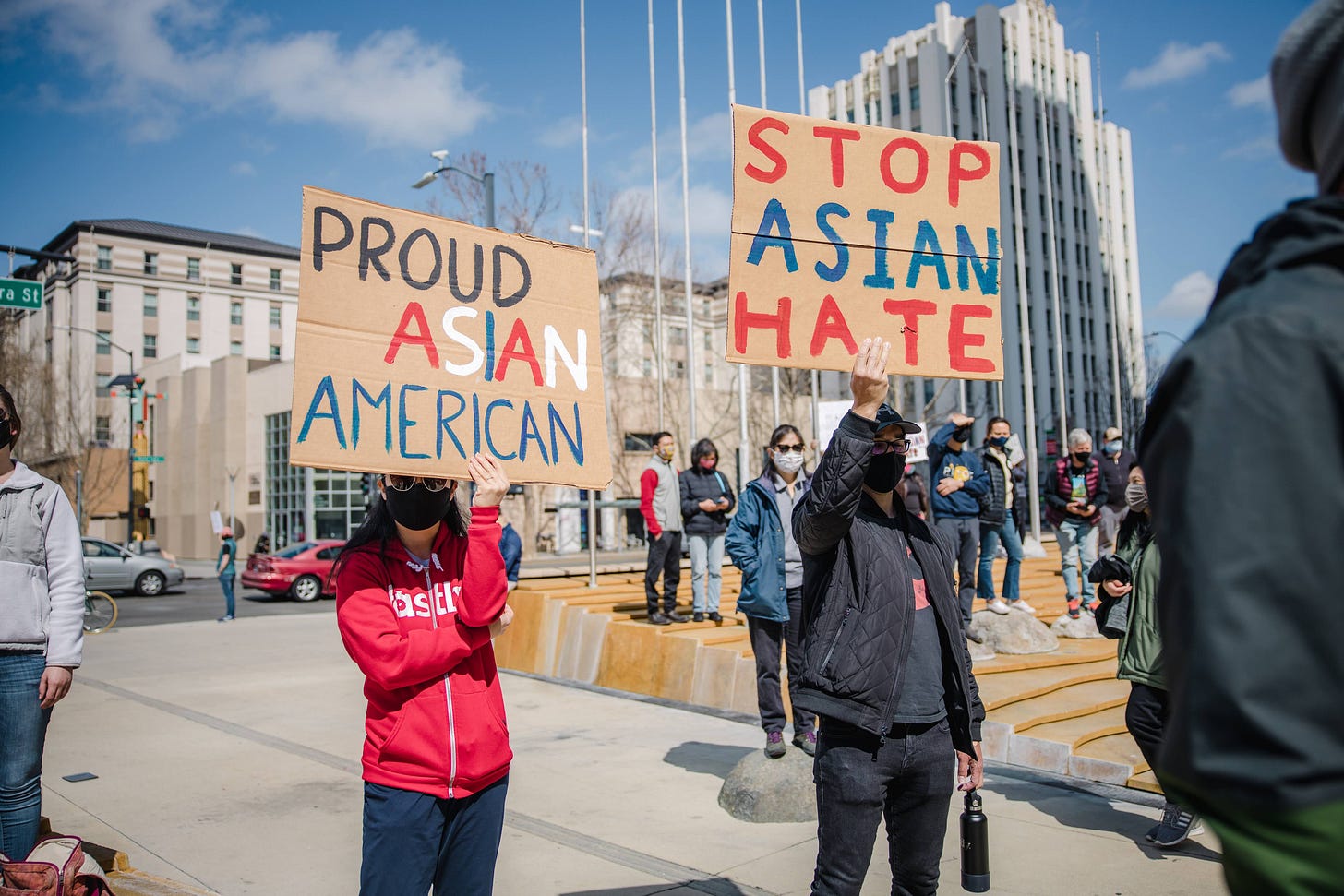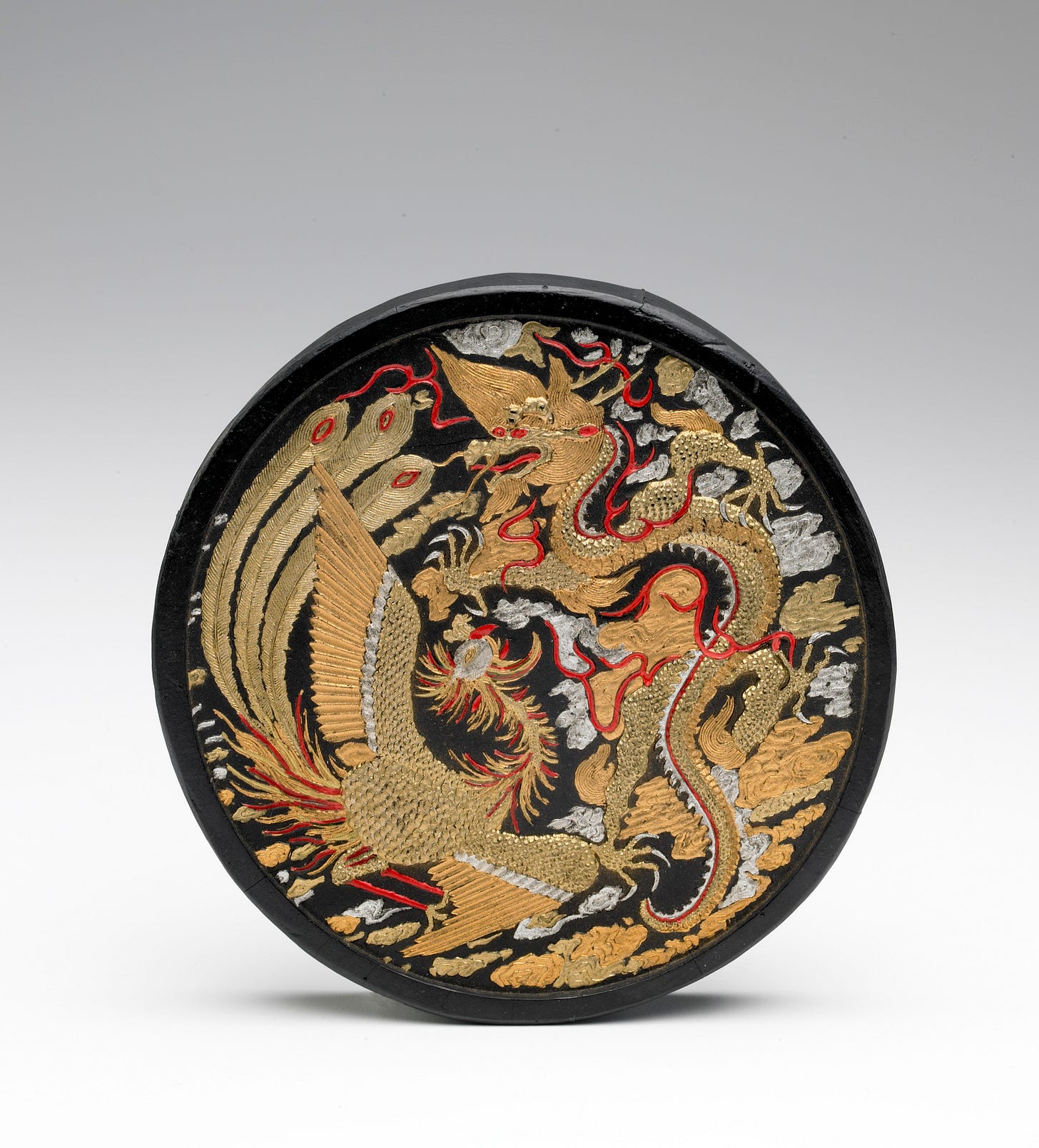This issue discusses both pain and peace. Anti-Asian and Pacific Islander discrimination in the United States is in the news for all of the wrong reasons. It represents a serious domestic challenge that highlights America’s struggle to find the resolve to overcome hardened differences in an attempt to move forward as a nation. As a counterpoint, the mythical Chinese phoenix serves as a source of inspiration.
Anti-Asian Discrimination in the United States
As I have written before, this topic is personal to me. The United States is being pounded by a relentless tsunami of anti-Asian and Pacific Islander (AAPI) discrimination as the Covid-19 pandemic continues to elude capture in a corrosive political and social climate. This is only the most recent expression of longstanding and deep-seated political, cultural, and racist biases that have long plagued the nation. American history is littered with discrimination and violence against those who look and act different, those who get in the way. The AAPI community is not unique in this regard, but rather another tragic manifestation of how Americans so often (and repeatedly) fail to live up to the ideals we say we espouse.
People of Asian or suspected Asian origin are being insulted, cursed, berated, shoved, beaten, maimed, killed, and terrorized because of how they look, where they come from, and their cultural difference, all egged on by false narratives spun for political gain. We have watched this movie before. Chinese miners and laborers during the nineteenth century; Japanese internees and Southeast Asian refugees during the twentieth century; Asian and Pacific Islander immigrants, students, and citizens during the twenty-first. It is not a good light.
The words that describe what we see, read about, and live with are blunt and the polar opposite of those most of us would hope to teach our children to promote:
Xenophobia
Hate
Harassment
Racism
Prejudice
Discrimination
White Supremacy
Intolerance
Bullying
We lash out when frightened and unsure. Authoritarianism and repression are growing around the globe. We face an increasingly assertive and confident China at a time when the United States is not. We are an American society and economy beset by a widening gulf between the racial/cultural/economic have’s and have-not’s. We live in a country that is being ravaged by a multi-generation-defining pandemic that is anything but an equal-opportunity offender.
Like with gun violence, we have become overwhelmed and desensitized by the scale of the situation. Deer in the headlights. While a clear majority is rightly horrified at what is transpiring, there is an unacceptably high and vocal percentage of the American populace that seems quite fine with protecting the status quo. We suffer from an intractably fragmented, two-party political system in which each side wants nothing to do with the other. I admit that I am at times guilty of this myself.
Words are important (see the China Resources Section below for three statements on countering Anti-AAPI discrimination), but they are ultimately only words. Positive counteraction to negative action is required. As Dr. Yenting Chen, an emergency room physician, has recently written in a moving op-ed article:
“To truly stop anti-Asian hate, we must reverse the long-standing dehumanization of Asian people and put an end to the apathy with which our society views the Asian American experience.”
We need to do better as a country. We need to do better as a people. If not simply for moral reasons, then for our self-interested, future economic, cultural, and political stability, security, and success.
The Chinese Phoenix
In China, the divine 凤凰 , fenghuang, what we call phoenix in English, is a symbol of happiness and good luck. The mythological phoenix is the king of all birds and one of the four supernatural creatures (dragon, unicorn, tortoise, and phoenix). The phoenix has a lot on her plate. She represents the cardinal direction of south, the element fire, the summer season, and more. This phoenix-headed ewer made with sancai glaze is from the Tang Dynasty (Art Institute of Chicago).
The female, yin phoenix is often paired with the male, yang dragon. In Imperial times, the dragon came to represent the emperor, and the phoenix came to represent the empress. Both are often seen together in art as on this moulded ink disk from the late Ming or Qing Dynasty (Arthur M. Sackler Gallery).
The phoenix is ancient in the Chinese pantheon, appearing on Shang Dynasty oracle-bone inscriptions. By the Zhou Dynasty (straddling 1000 BCE for a total of almost 800 years), the phoenix was already a symbol of political harmony. One source ascribes to the noble bird Confucian values with virtue on its head, duty on its wings, ritual on its back, humaneness on its breast, and trust on its stomach (A Chinese Bestiary: Strange Creatures from the Guideways Through Mountains and Seas, Richard E. Strassberg, Ed and Tr., 2002, Plate LVII, No 271).
If you are lucky enough to see a phoenix, you will have indeed been fortunate and witness to an omen of world peace.
China Resources
Here are three statements responding to the epidemic of anti-Asian violence sweeping North America--one from the Harvard Fairbanks Center, one from the Association for Asian Studies, and one from President Biden’s new White House:
Harvard Fairbanks Center for Chinese Studies Statement (March 26, 2021)
Association for Asian Studies Statement (March 18, 2021)
The U.S. White House Statement (January 26, 2021)
Follow Andrew Singer on Social Media: Instagram, Facebook, Twitter.









